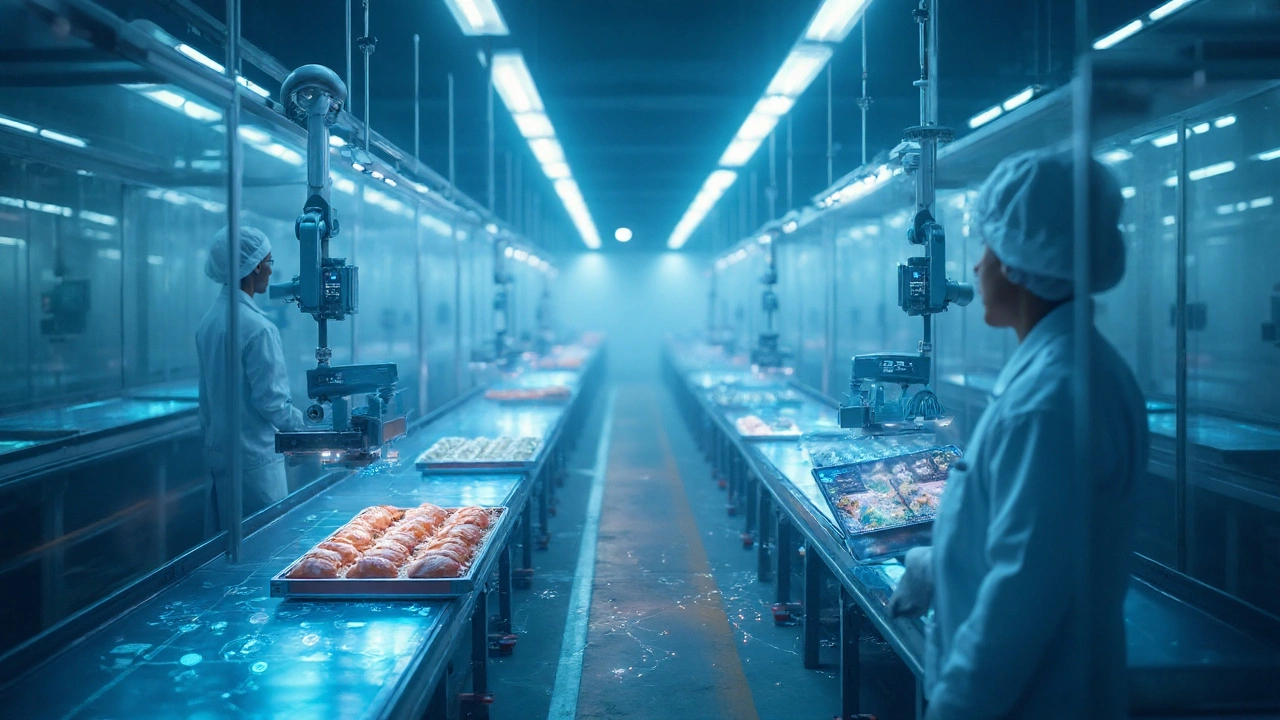Traceability in Medications: Why It Matters for Your Safety
When you take a pill, traceability, the ability to track a medication from its manufacturer through every step to the patient. Also known as drug tracking, it’s not just a regulatory checkbox—it’s your personal safety net. Without it, you could be taking a fake pill that looks real but contains no active ingredient, or worse, something toxic. This isn’t science fiction. In 2023, the WHO reported over 1 in 10 medicines in low- and middle-income countries were counterfeit. Even in places with strict rules, supply chain gaps still let dangerous products slip through.
pharmaceutical supply chain, the network of manufacturers, distributors, wholesalers, and pharmacies that move drugs from production to your hands. Traceability ties every link in this chain together using unique identifiers—barcodes, serial numbers, or digital tags. Think of it like a food label that tells you exactly where the chicken came from, but for your heart medicine or antibiotics. If something goes wrong—like a batch of recalled blood pressure pills—traceability lets regulators pull only the bad ones, not every bottle on the shelf. It also helps pharmacies verify that the generic version they’re selling isn’t stolen or tampered with.
And then there’s counterfeit drugs, fake medications designed to look real but often contain harmful fillers, wrong doses, or no medicine at all. They show up in online pharmacies, overseas shipments, or even in discount stores that cut corners. A fake version of Viagra might have paint thinner. A counterfeit antibiotic might not kill your infection—and could make bacteria stronger. Traceability stops this by making every package uniquely identifiable. If a pill can’t be traced back to a licensed source, it shouldn’t be in your medicine cabinet.
Look at the posts here. You’ll find guides on how caffeine messes with warfarin, how calcium blocks bisphosphonates, or how QT-prolonging drugs can trigger deadly heart rhythms. All of these risks get worse when you don’t know where your meds came from. A drug interaction isn’t just about chemistry—it’s about quality control. If your Oseltamivir was made in an unregulated lab, does it even work? If your Diclofenac gel was diluted with cheap chemicals, will it relieve your pain—or cause a rash?
Traceability isn’t about bureaucracy. It’s about knowing that the pill you swallow is the one your doctor prescribed, made under safe conditions, and hasn’t been tampered with. It’s the reason you can trust that your insulin won’t fail you at night, or that your albuterol inhaler will open your airways during an attack. When you see a medication with a verifiable history, you’re not just getting a drug—you’re getting peace of mind.
Below, you’ll find real-world guides on drug interactions, side effects, and safety tips—all rooted in the same truth: if you don’t know where your medicine came from, you can’t know if it’s safe to take.

How the Food Industry Prevents Salmonellosis: Key Practices & Impact
- Sep, 24 2025
- 20
Explore how the food industry tackles salmonellosis through safety systems, tech controls, traceability, and consumer education. Learn real‑world practices and future trends.
Categories
- Health and Wellness (51)
- Medicine (36)
- Health and Medicine (26)
- Women's Health (9)
- Mental Health (8)
- Men's Health (7)
- Beauty and Wellness (4)
- Health Information (4)
Archives
- December 2025 (15)
- November 2025 (25)
- October 2025 (27)
- September 2025 (14)
- August 2025 (3)
- July 2025 (2)
- June 2025 (2)
- May 2025 (3)
- April 2025 (4)
- March 2025 (4)
- February 2025 (2)
- January 2025 (3)
- online pharmacy
- medication safety
- dietary supplement
- health benefits
- dietary supplements
- prevention
- fertility
- online pharmacy Australia
- treatment
- treatment options
- benefits
- connection
- drug interaction
- drug interactions
- pregnancy
- Cancer Treatment
- depression medication
- antidepressants
- quality of life
- anxiety treatment
